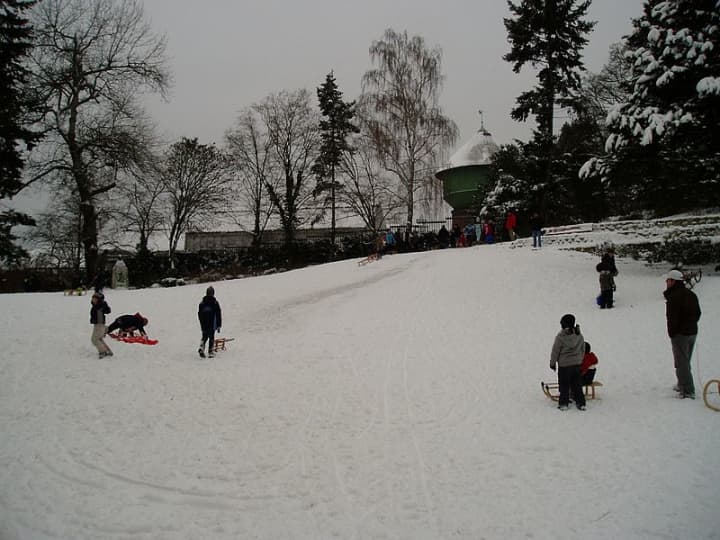With winter in full swing, Maria Fareri Children’s Hospital at Westchester Medical Center -- the children’s hospital for the Hudson Valley and Fairfield County -- is reminding parents, caregivers and snow-goers of all ages that sledding injuries are preventable, if the right steps are taken.
“During a typical winter season, our pediatric emergency department cares for dozens of children injured while sledding, snow tubing and tobogganing,” said Darshan Patel, M.D., Chief, Pediatric Emergency Medicine, Maria Fareri Children’s Hospital at Westchester Medical Center. “These injuries range from severe bruises and broken bones to facial injuries, fractured skulls and brain trauma.”
“Once sleds and snow tubes start moving down a hill they pick up speed very quickly and can be very hard for a child control. As a result, children sustain injuries when their sleds strike trees, fences and other sledders,” remarked Geralyn Flaherty, R.N. Assistant Nurse Manager of the Westchester Medical Center Emergency Department. “Often, the severity of the injury is compounded by the weight of a parent riding on the sled with the child. The common thread among all of these injuries? They’re preventable,” Flaherty said.
Originally offered by the American Academy of Pediatrics, Maria Fareri Children’s Hospital at Westchester Medical Center shares the following tips for safe sledding:
- Keep sledders away from motor vehicles.
- Children should be supervised while sledding.
- Keep young children separated from older children.
- Sledding feet first or sitting up, instead of lying down head-first, may prevent head injuries.
- Consider having your child wear a helmet while sledding.
- Use steerable sleds, not snow disks or inner tubes. Avoid sledding in crowded areas.
- Sleds should be structurally sound and free of sharp edges and splinters, and the steering mechanism should be well lubricated.
- Sled slopes should be free of obstructions like trees or fences, be covered in snow not ice, not be too steep (slope of less than 30º), and end with a flat runoff.
Following these and other safety measures will help ensure a memorable family experience on the snow. “Families should end their sledding day with warm blankets and cups of hot chocolate, not a visit to our Pediatric Emergency Department,” concluded Dr. Patel.


